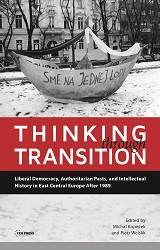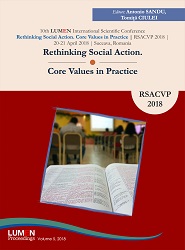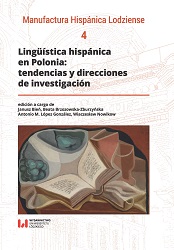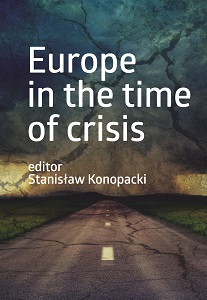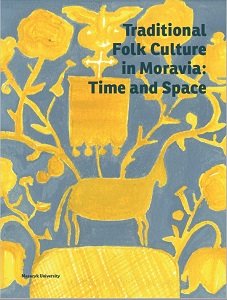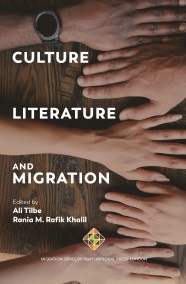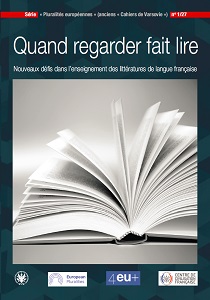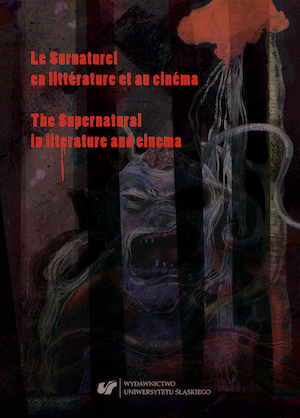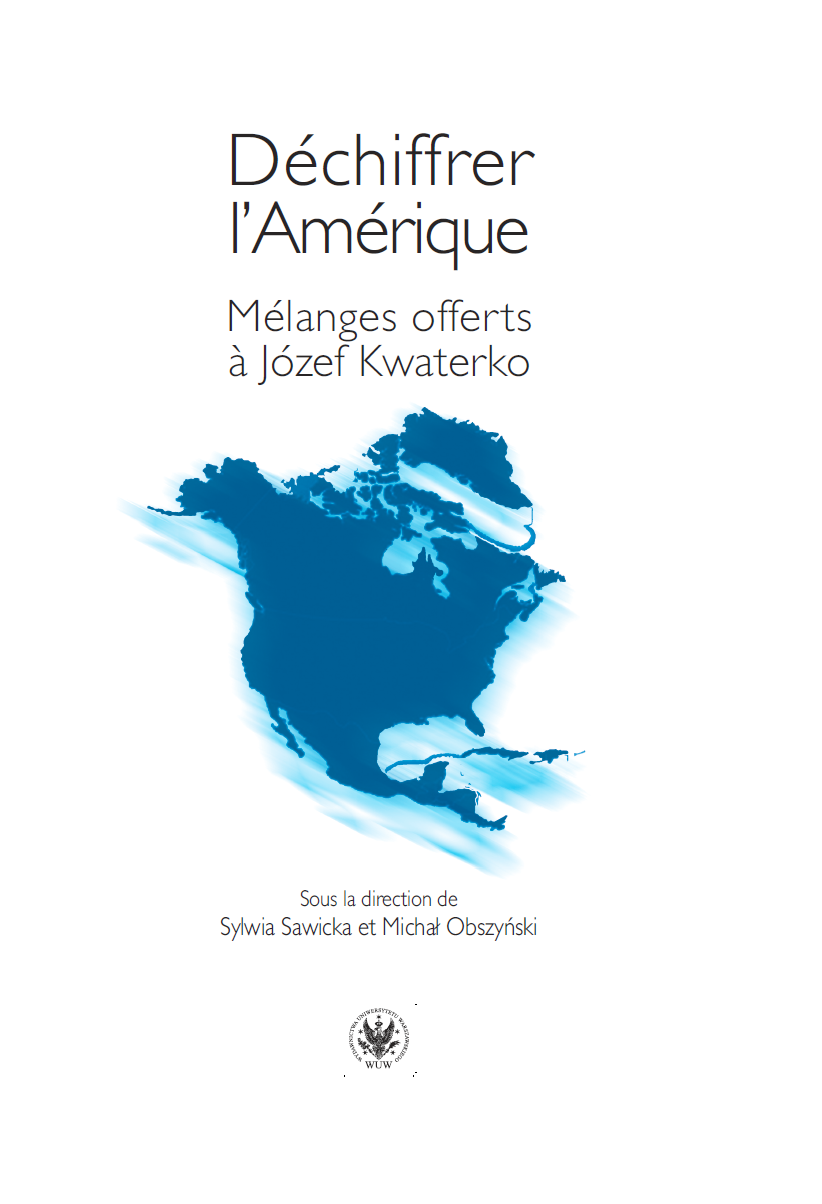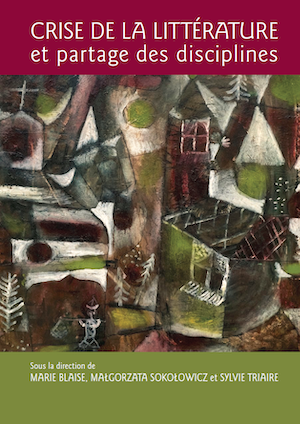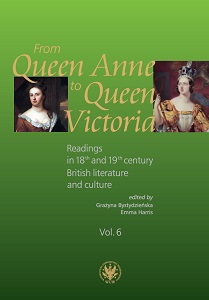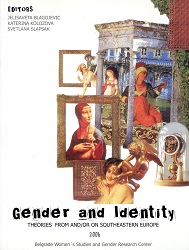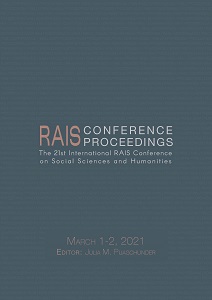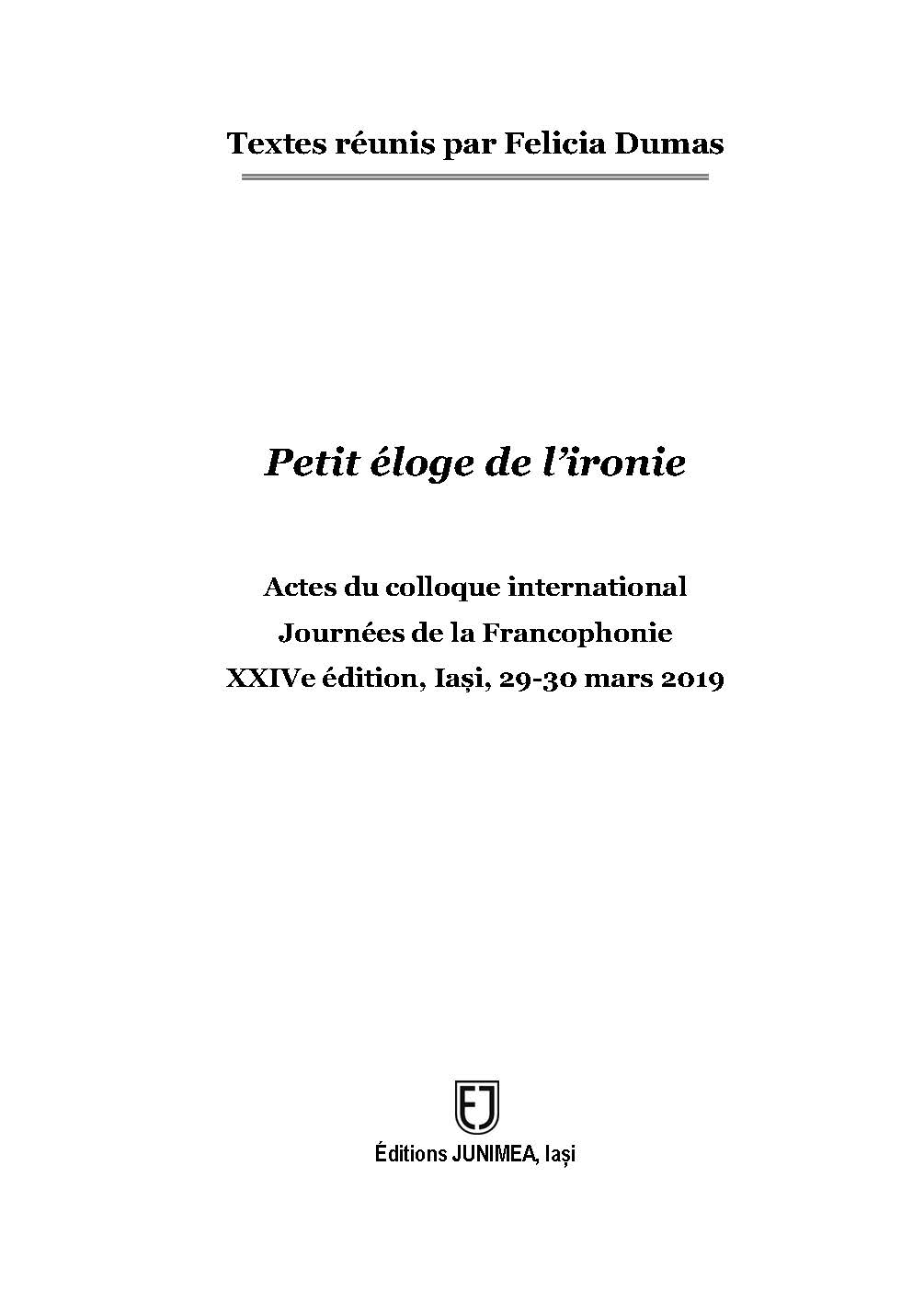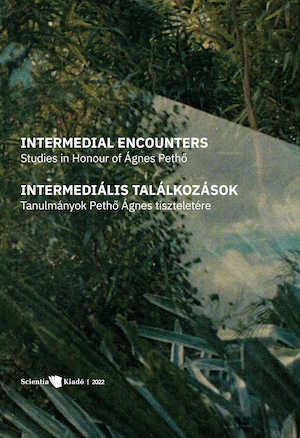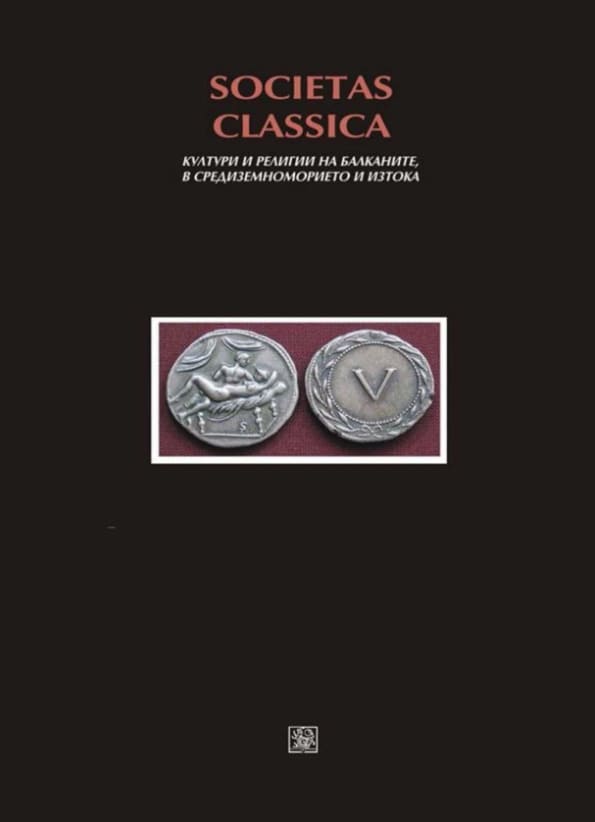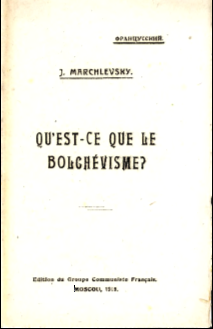
What is the Bolshevism?
Qu’ est-ce que lе Bolchévisme?
Keywords: Bolshevism;
Voici un petit précis de l’histoire du bolchevisme et de la Révolution communiste russe qu’il im-porte de recommander aux ouvriers français tant à cause de sa grande clarté que de sa vérité irréfutable. L’on y voit d’une façon décisive comment fut entreprise par les révolutionnaires russes l’oeuvre à la fois gigantesque et grandiose qui ne peut subsister dans sa totalité et qui ne peut être achevée que par les prolétaires d’Allemagne, d’Autriche, de France, d’Angleterre et d’Italie etc... // La dictature du prolétariat nous apparaît non seulement comme une nécessité, mais comme une oeuvre de justice. Il est impossible, en effet, de détruire en un jour le capitalisme spoliateur et exploiteur. La dictature du prolétariat est une période transitoire sans laquelle il serait impossible de parachever et de consolider l'oeuvre du socialisme.
More...
